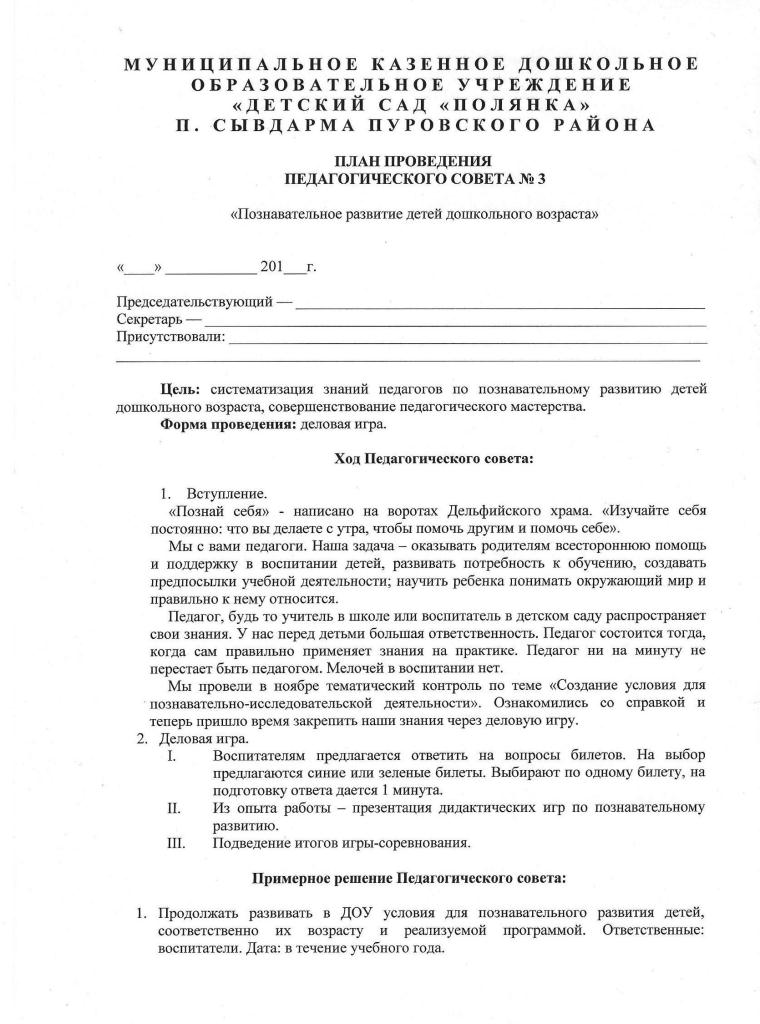V samom konce steny na betonnoj plite byl narisovan malen'kij negritenok v belyh bridzhah, zelenom zhakete i krasnoj kepke. V ruke on derzhal knut, i vid u nego byl chut' pechal'nyj, kak esli by on dolgo zhdal kogo-to i v konce koncov nachal prihodit' v unynie. YA progulyalsya vdol' steny i potrepal ego po golove. Jul 6, 2013 - Keratin in Albany and Latham NY, then hopefully you have noticed our Keratin Special during the month of July at all three of our locations!

In Shabbos day Shemoneh Esrei, we describe Moshe receiving the Mitzvah of Shabbos on Har Sinai. It says that he received the Luchos, on which were written the Mitzvah of Shabbos, 'and so too is it written.' Then the brachah jumps to V'Shamru, which was indeed told to Moshe when he was on Har Sinai following Matan Torah but was not written on the Luchos.
Aug 31, 2010 This feature is not available right now. Please try again later. ..xyz/vizitki/stsenariy-vizitki-po-motivam-skazki-filatova-pro-fedota-streltsa.html 1. Normalized URL: Submission date: Tue Nov 28 06. Server IP address: 185.84.108.230. Country: Russian Federation. Skazki v raznih stilyah rechi.
Why does the brachah not quote Zachor? If it introduces the quote by saying 'Shabbos is on the Luchos, as it says.' Why doesn't it quote Shabbos on the Luchos?
יִשְׂמַח מֹשֶׁה בְּמַתְּנַת חֶלְקוֹ כִּי עֶבֶד נֶאֱמָן קָרָאת לו כְּלִיל תִּפְאֶרֶת בְּרֹאשׁוֹ נָתַתָּ בְּעָומְדוֹ לְפָנֶיךָ עַל הַר סִינָי וּשְׁנֵי לוּחוֹת אֲבָנִים הוֹרִיד לָנוּ בְיָדוֹ וְכָתוּב בָּהֶן שְׁמִירַת שַׁבּת וְכן כָתוּב בְּתוֹרתך וְשָׁמְר֥וּ בְנֵֽי־יִשְׂרָאֵ֖ל אֶת־הַשַּׁבָּ֑ת לַעֲשׂ֧וֹת אֶת־הַשַּׁבָּ֛ת לְדֹרֹתָ֖ם בְּרִ֥ית עוֹלָֽם בֵּינִ֗י וּבֵין֙ בְּנֵ֣י יִשְׂרָאֵ֔ל א֥וֹת הִ֖וא לְעֹלָ֑ם כִּי־שֵׁ֣שֶׁת יָמִ֗ים עָשָׂ֤ה ה׳ אֶת־הַשָּׁמַ֣יִם וְאֶת־הָאָ֔רֶץ וּבַיּוֹם֙ הַשְּׁבִיעִ֔י שָׁבַ֖ת וַיִּנָּפַֽשׁ. The Yismach Moshe section of the prayer leads to VeShamru, which is taken from:16 to 17. (Our discussion will involve a few more sentences, Exodus 31:13 to 17.) Rabbi Avudirham this section of the prayer.

He notes (in my own translation): They instituted the recital of “Moshe rejoiced” on Shabbos because of the first chapter of Tractate Shabbos (10b) [quoting Ex. 31:13]: “To make known that I HaShem have sanctified you.” The Holy One Blessed Be He said to Moshe, “I have a good gift in my treasury, called ‘Shabbos,’ and I want to give it to Israel. Go let them know.” That’s why they instituted [this section -- to make known] that Moshe rejoiced in this good gift of Shabbos that was put into his hand. The gemara that R’ Avudirham mentions (Shabbos 10b, like the similar statement at Beitza 16a2) discusses the proper way to give gifts. It refers to a couple of consecutive sentences of Exodus Ch. 31, including 31:13 which R’ Avudirham quotes in turn, to illustrate that when you give a gift you should let the recipient know, just as Hashem caused Moshe's face to shine when giving the Luchois to him and to the Jewish people to make known that HaShem has sanctified us. For example, when feeding a friend’s child in the absence of the parents, one might put cosmetics on his face so that his parents will ask him to explain what happened (a strange example to us, but apparently a familiar one to them).
The flow of thought in Ex. 31 and the gemara are somewhat like that in these two paragraphs of the siddur. Moshe rejoiced in the gift of his portion, and You [haShem] placed a crown of splendor on Moshe’s head [the radiance of his face] and gave him the tables. So (assuming that the gemara predates this prayer) I would suggest that the author of the prayer was resonating this gemara obliquely. In other words, despite the placement of the words Vechein Kosuv Besoirasecha, the passage is not cited to prove that Shabbos is commanded on the Luchois.
It is rather meant to connect us to this sublime thought of the sages. The radiance of Moshe’s face reminded his generation that Shabbos is a beautiful gift to the Jewish people, and by recalling this exposition we are ourselves reminded that Shabbos is a beautiful gift to the Jewish people. The siddur then proceeds to cite a commandment to observe Shabbos from this same context, Exodus Ch.
@Moses613 I wondered about these points. I don't know whether the gemara predates the prayer, or whether the order is important.